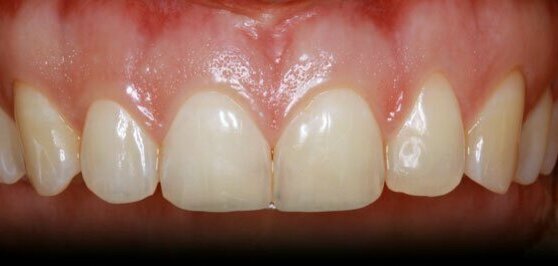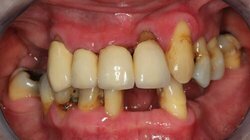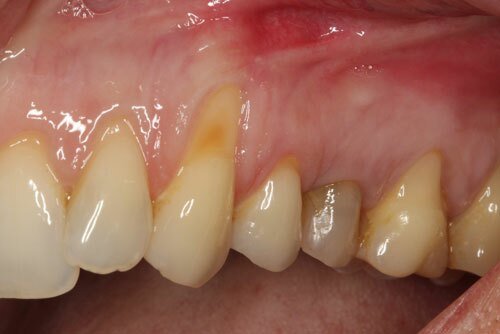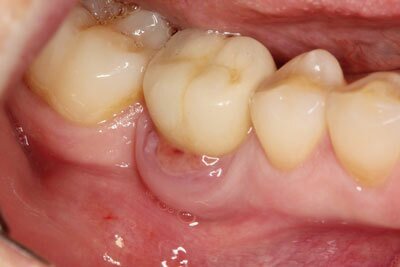
Gum diseases are very common human diseases and affect most people at some point during their lives. They are caused by the body’s reaction to bacteria that build up in the mouth and cause inflammation. The good news is that proper oral hygiene and regular visits to the dentist can help prevent the appearance of gum diseases and can limit the damage that they cause if they do appear.
The bad news is that, if left untreated, gum disease can lead to the loss of teeth – which means your smile is less attractive and you can have problems with chewing and speaking. On top of that, untreated gum disease can increase your risk of suffering serious conditions including diabetes, heart disease, hypertension, and cerebrovascular disease.

So, it is important to get a professional assessment of your gum health and follow any treatment plan that is recommended, backing this up with good oral hygiene – cleaning your teeth and gums correctly as advised by your periodontist, general dentist, or dental hygienist.
There are different types of gum disease. Gingivitis involves inflamed gums, which appear swollen and reddish, and which may start to bleed. It develops as a reaction to bacteria (dental plaque) that build up on the teeth.

If left untreated, gingivitis can develop into the more serious form of gum disease called periodontitis, where the inflammation spreads below the gums and along the roots of the teeth where it can cause permanent damage resulting in bone loss around your teeth. If left untreated, periodontitis leads to teeth becoming wobbly and eventually falling out.
People with type-2 diabetes are more prone to suffer from periodontitis. But there are also risk factors that can be addressed by changing behaviour: smoking, poor diet, and stress are all factors than can contribute to the development of gum disease.
Another common problem is receeding gums (gingival recession) which leads to the exposure of the roots. As well as being unsightly from an aesthetic point of view, gingival recession also represent a functional problem. But they can be treated with various surgical procedures that are aimed at covering the roots.

Another common problem is receeding gums (gingival recession) which leads to the exposure of the roots. As well as being unsightly from an aesthetic point of view, gingival recession also represent a functional problem. But they can be treated with various surgical procedures that are aimed at covering the roots.
Peri-implant diseases

There are also gum diseases that affect the tissues around dental implants. These are known as peri-implant diseases. If oral hygiene is poor, bacteria build up on the implant surface and causes inflammation of the mucous membrane that surrounds the implant. This is called peri-implant mucositis and, if it is not treated, the more dangerous disease of peri-implantitis can appear, which involves more inflammation and the destruction of bone around the implant. Eventually, the implant loses its support in the bone and becomes loose. Peri-implantitis is difficult to treat and can often lead to the loss of implants and the need for additional surgery.





